How To Rotate Screen On Mac: 3 Easy Methods
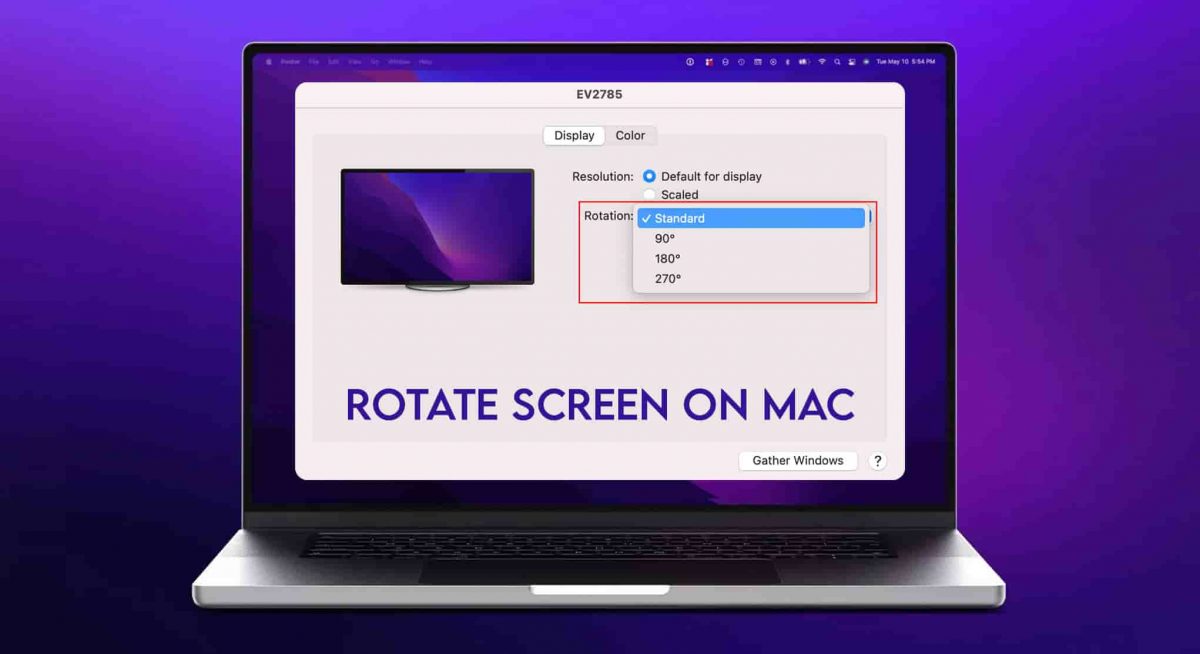
Nowadays having the ability to adapt your workspace to suit your needs is crucial. Whether you’re a creative professional, a student, or simply someone who values flexibility, learning how to rotate screen on Mac can be a game-changer. This handy feature allows you to tailor your display orientation to fit your specific task, be it editing photographs, working with specialized software, or enjoying a movie in widescreen glory.
But mastering screen rotation on your Mac is about more than just convenience; it’s also an ergonomic necessity. By adjusting your display to the optimal viewing angle, you can reduce neck strain and promote better posture, ensuring a more comfortable and productive experience.
With the right techniques at your disposal, you’ll be able to seamlessly transition between orientations, unlocking a world of possibilities for your Mac experience.
Also read: A Comprehensive Guide to Cropping Screenshot on Mac: Top 4 Methods
Understanding the Benefits of Screen Rotation
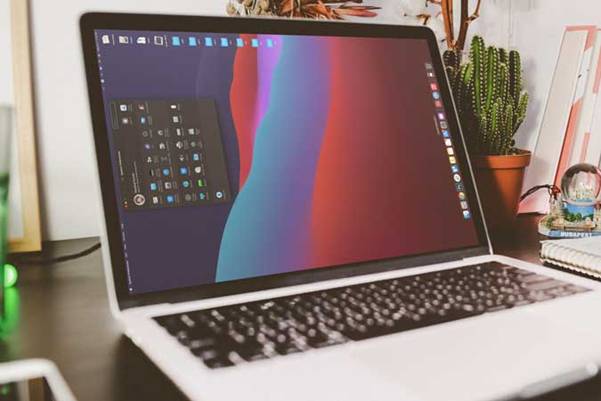
Before we learn various methods of how to rotate screen on Mac, let’s take a moment to appreciate the advantages this feature brings to the table:
- Enhanced Viewing Experience: Certain applications, documents, or media files are better appreciated when displayed in a different orientation. By mastering screen rotation, you can tailor your display to suit your needs, whether it’s viewing widescreen movies, editing landscape photographs, or working with specialized software.
- Presentation Prowess: If you’re a frequent presenter, knowing how to flip screen on Mac can be a lifesaver. With a simple rotation, you can ensure your slides, diagrams, or visuals are displayed in the most optimal format for your audience.
- Ergonomic Advantages: Depending on your setup or task at hand, rotating your screen can help reduce neck strain and improve overall ergonomics. This is particularly useful for those who spend long hours in front of their computers.
- Adaptability: Whether you’re working on a laptop, desktop, or an external monitor, the ability to rotate your screen allows you to adapt to different environments and setups with ease.
Now that we’ve established the benefits, let’s dive into the various methods to rotate the screen on your Mac.
Also read: 7 Quick Solutions To Fix Macbook Screen Goes Black But Still Running
How to Rotate Screen on Mac: 3 Easy Methods
Method 1: Using Keyboard Shortcuts
One of the quickest and most convenient ways to rotate screen on Mac is by using keyboard shortcuts. Here’s how it works:
For MacBooks:
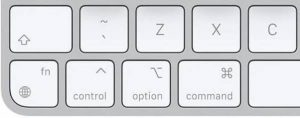
- Press Control + Command + Left Arrow to rotate the screen 90 degrees counterclockwise.
- Press Control + Command + Right Arrow to rotate the screen 90 degrees clockwise.
- Press Control + Command + Up Arrow to return the screen to its default orientation.
For iMacs or external displays:
- Press Command + Left Arrow to rotate the screen 90 degrees counterclockwise.
- Press Command + Right Arrow to rotate the screen 90 degrees clockwise.
- Press Command + Up Arrow to return the screen to its default orientation.
These keyboard shortcuts are incredibly handy, allowing you to rotate your screen with just a few keystrokes. However, if you prefer a more visual approach, there are other methods to explore.
Also read: How to Enter and Exit Full Screen on Mac
Method 2: Using the Display Settings
macOS offers a built-in display settings feature that allows you to rotate your screen with just a few clicks. Here’s how to access and use it:
Step 1: Click on the Apple menu in the top-left corner of your screen. Select “System Settings” from the drop-down menu. Locate and click on the “Displays” category.
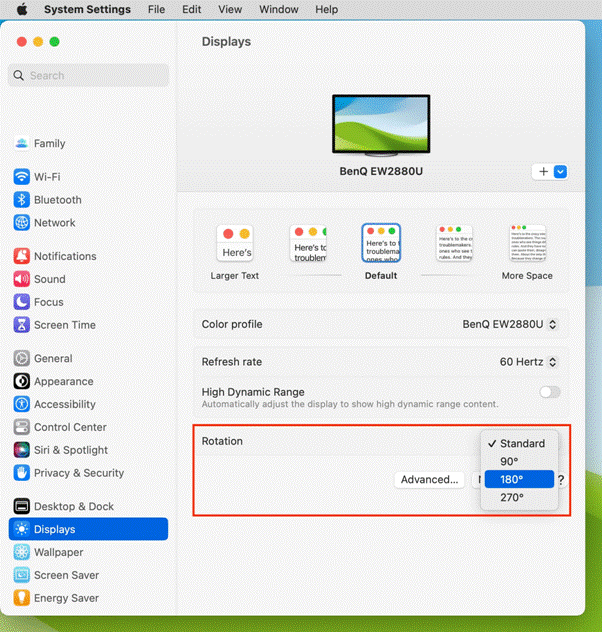
Step 2: In the “Displays” window, you should see a representation of your connected displays.
Click on the “Rotation” button located near the bottom of the window.
Step 3: A small pop-up menu will appear, allowing you to select the desired rotation for your screen.
This method is particularly useful if you have multiple displays connected to your Mac, as you can rotate each screen individually based on your preferences.
Also read: How To Set Up And Use Screen Sharing on Mac
Method 3: Using Third-Party Applications
While macOS offers built-in screen rotation capabilities, some users may prefer the added functionality and customization options provided by third-party applications. Here are a few popular options to consider:
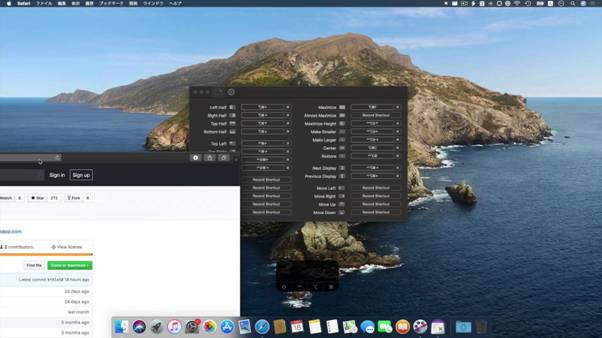
- Rectangle: This free and open-source application allows you to rotate your screen with customizable keyboard shortcuts, as well as providing additional window management features.
- Display Rotation Menu: As the name suggests, this app is dedicated solely to screen rotation on your Mac. It offers a simple interface, keyboard shortcuts, and the ability to rotate individual displays.
When using third-party applications, be sure to read the documentation carefully and follow any installation or setup instructions provided by the developers.
Troubleshooting Common Issues Related to Screen Rotating
While screen rotation on Mac is generally a smooth process, you may encounter a few hiccups along the way. Here are some common issues and their potential solutions:
- Screen Rotation Not Working: If your screen refuses to rotate, the first step is to ensure you’re using the correct keyboard shortcuts or display settings. If the issue persists, try restarting your Mac or resetting the display settings.
- External Display Not Rotating: If an external display fails to rotate, check the display’s settings or manual for any specific rotation instructions. If the issue persists, try disconnecting and reconnecting the display, or updating the display driver software.
- Distorted or Blurry Display: After rotating your screen, you may notice that the display appears distorted or blurry. This could be due to resolution or scaling issues. Try adjusting the display resolution or scaling settings to improve the clarity.
- Unresponsive Applications: Some applications may not adapt to the new screen orientation immediately. In such cases, try closing and reopening the application, or consult the application’s support documentation for any specific instructions.
By following these troubleshooting steps, you should be able to resolve the most common issues related to screen rotation on your Mac.
Also read: How To Split Screen On Mac
Conclusion
Mastering how to rotate screen on Mac opens up a world of possibilities, enabling you to customize your viewing experience, enhance productivity, and adapt to various scenarios. Whether you’re using keyboard shortcuts, display settings, or third-party applications, the ability to rotate your screen is a powerful tool that can greatly enhance your Mac experience.
Remember, screen rotation is not just a novelty feature; it’s a versatile tool that can improve ergonomics, streamline presentations, and even unlock new perspectives in your work or creative endeavors. So, don’t be afraid to experiment and find the rotation methods that work best for you.
With the knowledge gained from this article, you’re now equipped to take full advantage of screen rotation on your Mac, whether it’s a MacBook or an iMac. Embrace the freedom to view your content in a whole new light and elevate your computing experience to new heights.
